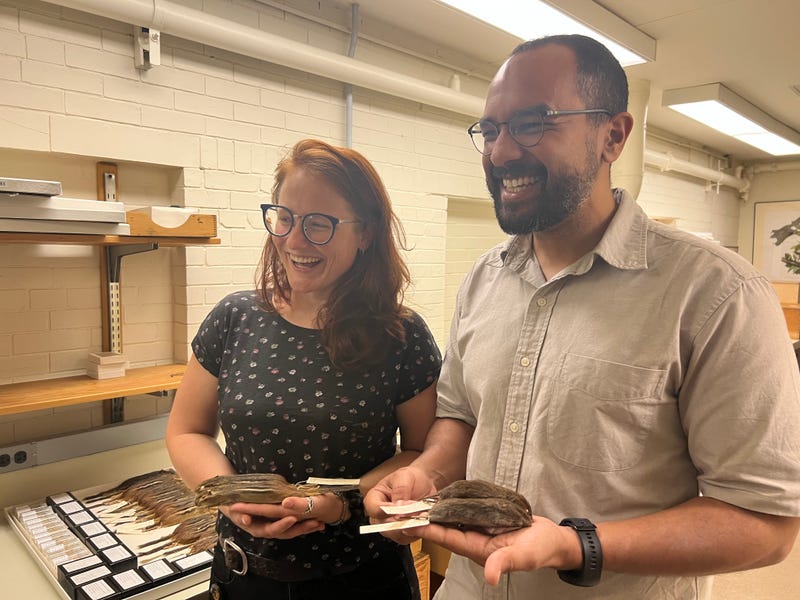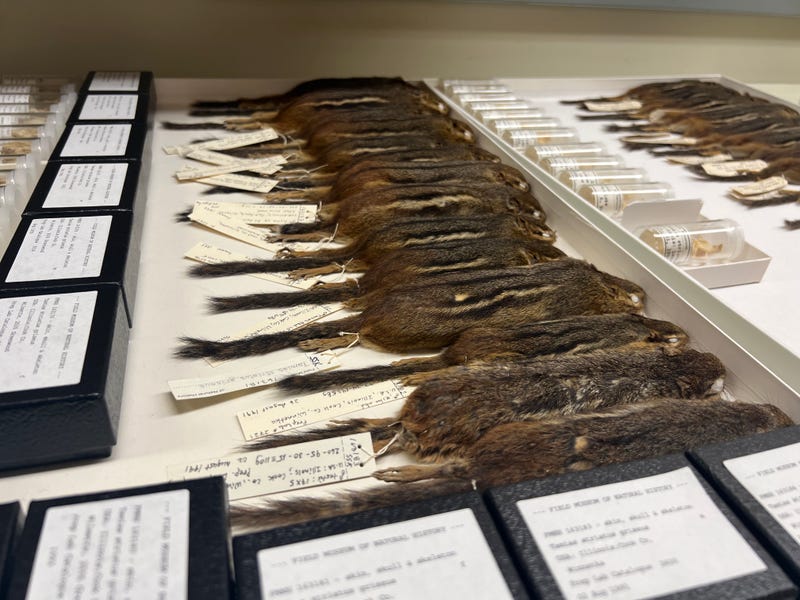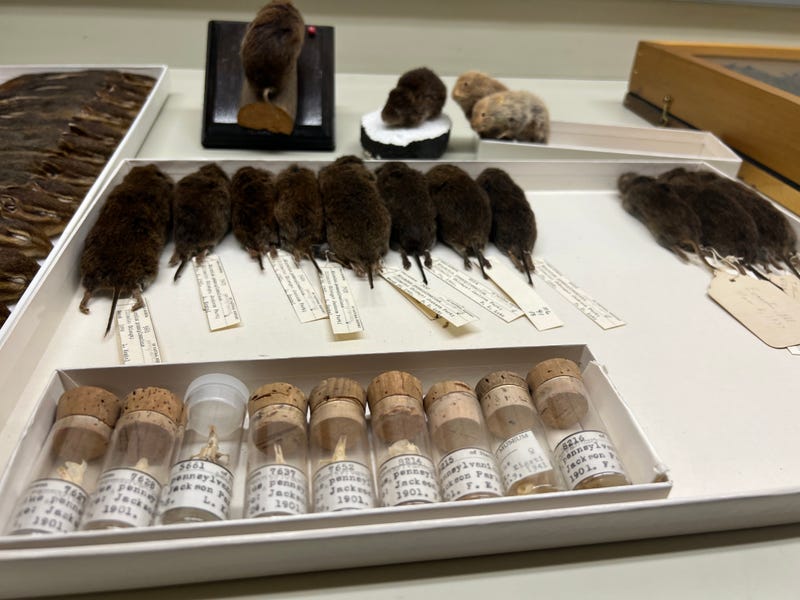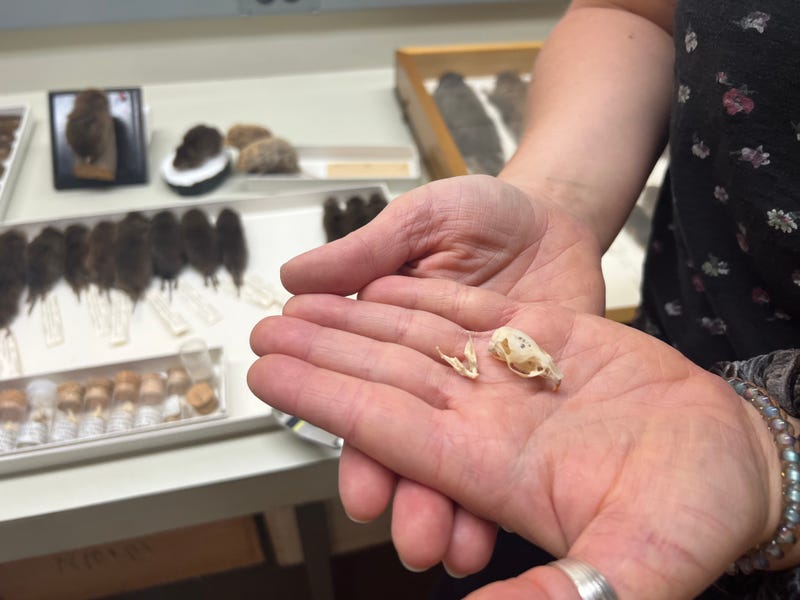
Human behavior is forcing Chicago rodents to adapt to city life.
That's according to a new study from Field Museum researchers, who set out to see just how big of an impact these changes have had on rodents over the past 100 years.
To do this, researchers studied the skulls of eastern chipmunks and eastern meadow voles, two rodents commonly found in the Chicago, to see how they responded to the stresses of urbanization.
"We chose these two animals because we knew they have different ecologies, and we expected they would respond differently to the urbanization, even though they live in the same area of Chicago," said Anderson Feijó, one of the study's co-authors.
Feijó said researchers hypothesized that they would see drastic differences between the specimens, some of which date back to the 1900s.
Instead, he said, they saw changes that, though significant, were much more gradual.
"For the chipmunks, what we found clearly was they are getting bigger over time, but their tooth rows are actually getting smaller," he said.

He said this is likely related to the increase in "human food" chipmunks are eating.
"Because chipmunks are much more interactive with humans and have access to different kinds of food, they are eating more soft foods, and that is because they are requiring less bite force, which is reflected in the tooth row length," he said.
But, he said while humans might think they're doing a good thing by feeding these animals, they are actually reducing the rodents' ability to survive in their natural environment.
"These findings clearly show a very good example of why we should not feed the wildlife because by feeding the wildlife, we are basically changing their behavior and evolutionary change over time," he said. "They are becoming less fit to consume hard nuts and hard seeds — their natural food that they have in the wild."
As for voles, study co-author Stephanie Smith said they didn't find any meaningful differences in their sizes over time, but they did find differences related to the ear bones in the skull.

"In the auditory bullae, which is the bone that houses your inner ear bones, they were getting a little bit smaller through time," she said.
She said researchers think this could be because these smaller bony bumps help voles filter out loud city noises they now have to experience on a regular basis.
"Things like people tromping around on top of your house, because when you're a vole and you live underground, or the sounds of the train, or the sounds of fireworks on the Fourth of July .... All that type of stuff is new to their environment, and so it's possible that this change in the skull is a response to that change in the environment," she said.

Smith said another takeaway from the study is that researchers need to expand the ways they think about conservation of local animals because even though chipmunks and voles are both small mammals, they are responding differently to Chicago's urban environment.
"Preservation of natural populations of animals is not a one-size-fits-all thing," she said. "As we try and facilitate the longevity of green areas and places where these animals live, maybe we need to think about different solutions for different animals and maybe how to combine those things into the best option for multiple species."
And perhaps most importantly, she said, the findings demonstrate a need for humans to re-examine how they interact with wildlife and share the city with these animals.
After all, she said, we are in their home.
"You should think about how your actions and your presence and your attitude, and the way you conduct yourself, when you go to vote, that type of stuff, that affects these animals too," she said. "They don't have the control. The people have the control over that."
